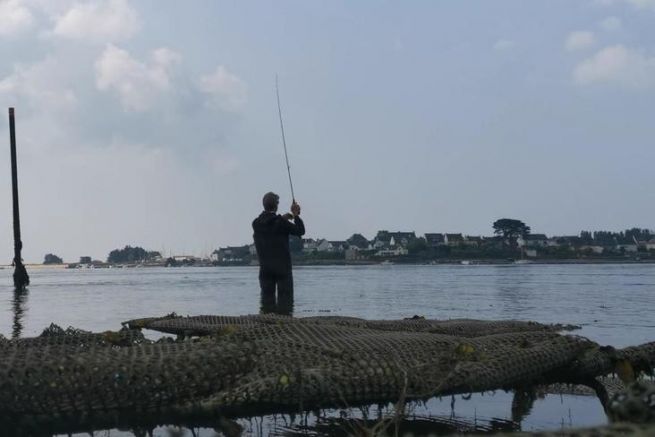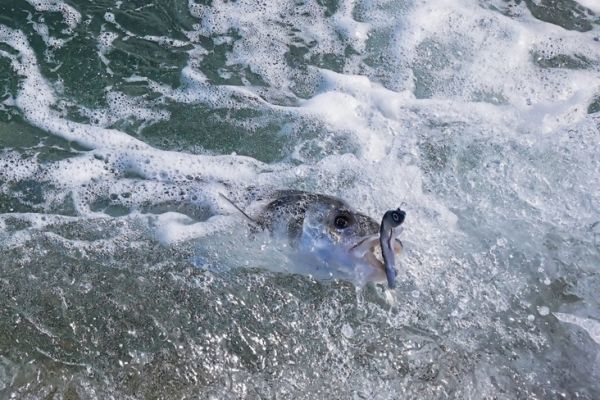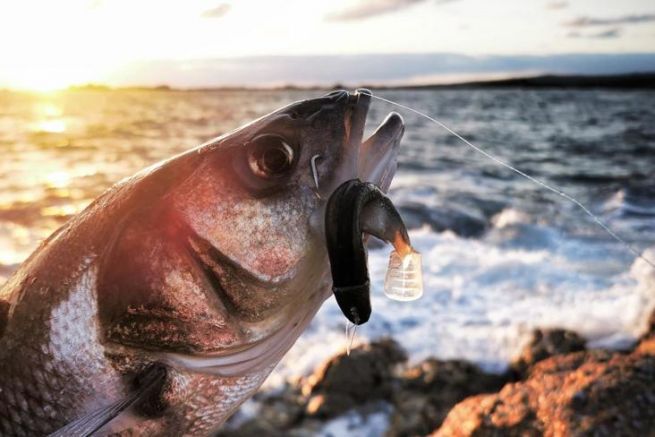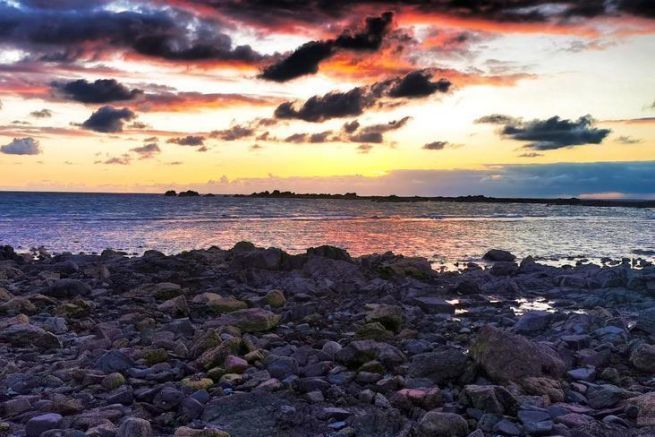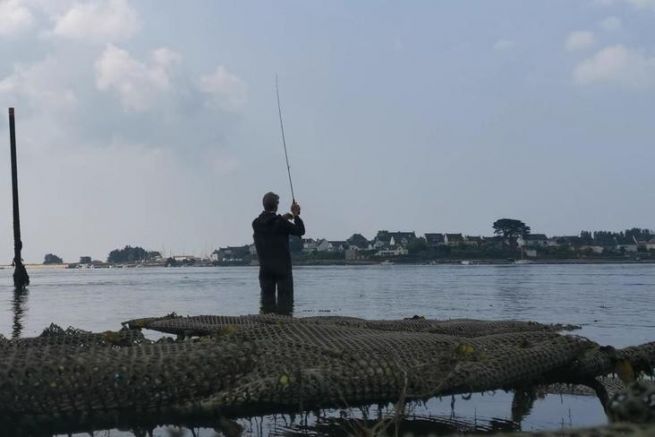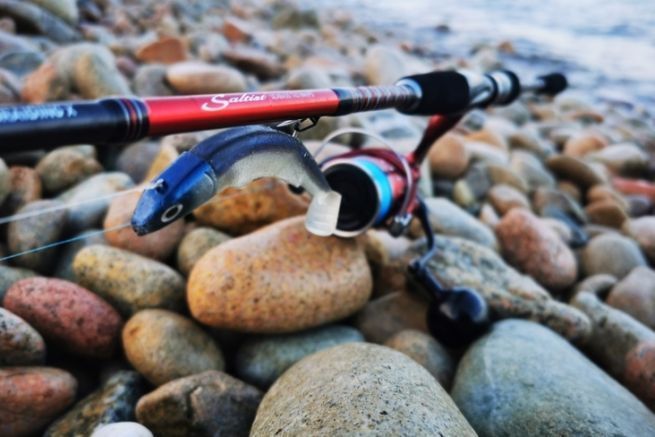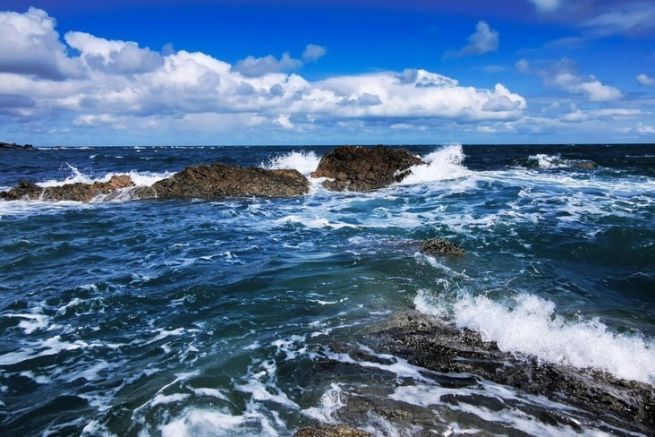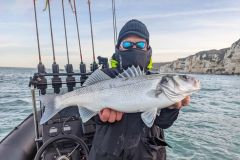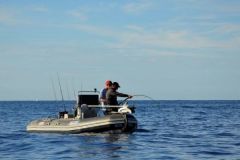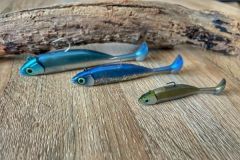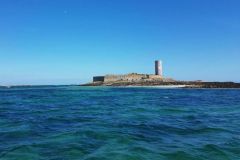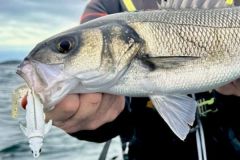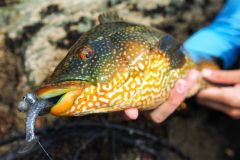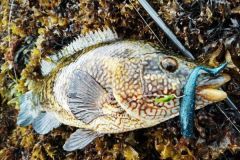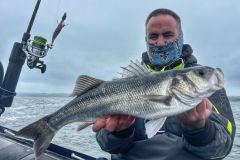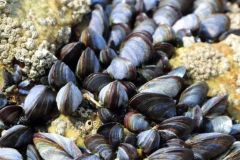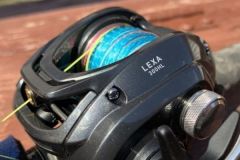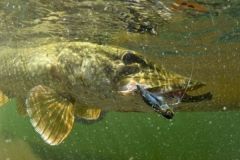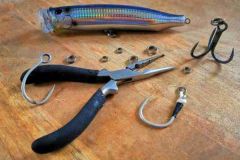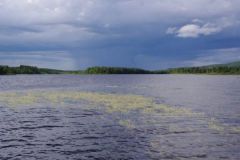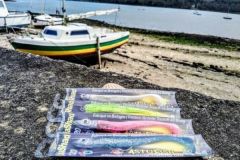The sea bass is a euryhaline fish, which means that it can perfectly adapt to the differences in salinity and therefore to brackish waters; it is quite natural that it takes advantage of this advantage to sometimes go up very high in the estuaries to feed. These particular ecosystems between the sea and the river, offer many advantages for the sea bass fisherman from the shore, not to mention the fact that they are home to many fish.
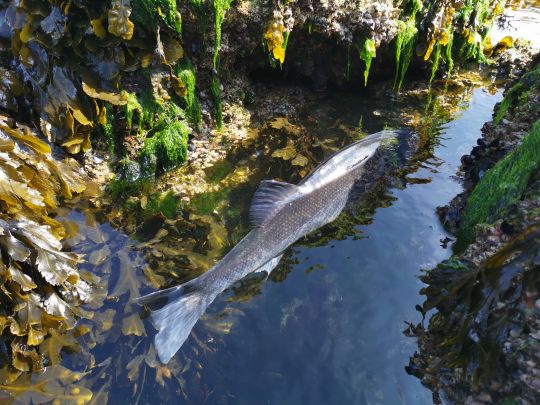
A reassuring environment
Estuaries are particularly reassuring environments for shore anglers. Indeed, with its river profile (plus tides), reading the spots and currents is relatively easy compared to a rocky coast or a beach. Moreover, this impression of immensity tends to disappear in these "closed" environments. It is this particular characteristic that gives the feeling of being able to locate the fish more easily and helps considerably to make quick and more or less sure decisions about the choice of the spot.
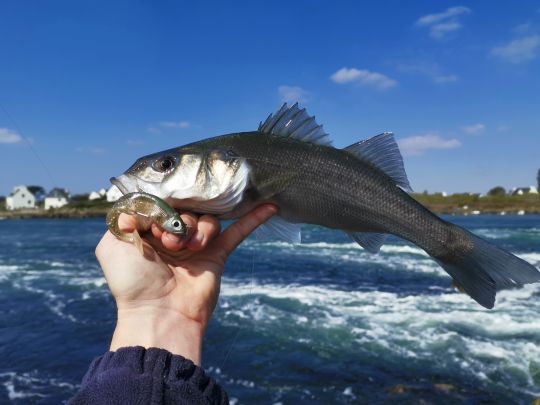
Important food sources
Estuaries are very rich in food for many reasons. The first one is that they often contain artificial structures such as oyster beds within which a food chain is inevitably created. But that's not all, the substrates and the fauna are very varied and in this same environment we can find mudflats rich in arenicoles or other worms, gravel pits sheltering various shells, rocky structures sometimes particularly marked and various plants of which the famous seaweed. Thus, if the worms and bivalves are numerous, the crustaceans are just as much and the forage fish too.
Such a varied food supply is inevitably inhabited by all species of coastal fish, including sea bass.
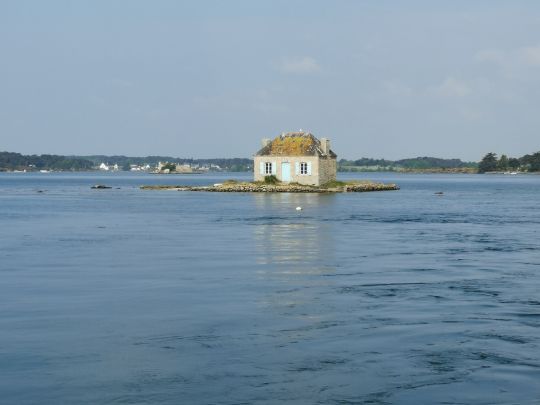
A wide variety of accessible spots
This variety of structures, substrates, but also the very irregular topography of the banks and bottoms offer an undeniable advantage to the fishermen of the edge: a very great variety of available and accessible spots.
Thus, you can find oyster beds, steep and rocky shores, seaweed fields, mud flats, currents and counter-currents, pools, riffles, buntings or even emerging or non-emerging rock heads. The diversity of the spots allows not only to prospect many areas without having to walk for hours between each one, but also to focus its attention on a particular characteristic according to the season, the moment and the supposed needs of the sea bass at a given time.
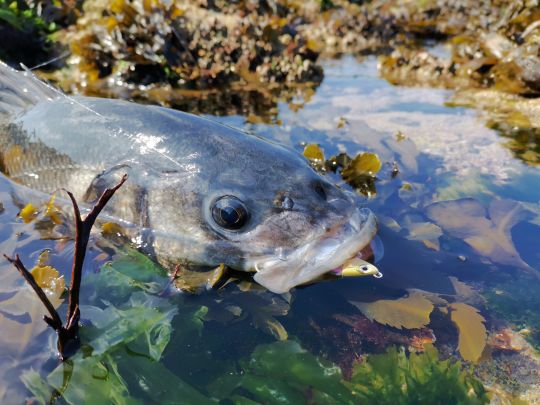
The possibility of using all techniques
In the same logic, and because of the previous characteristic, the advantage of the estuaries is that they offer to all the itinerant fishermen the possibility to practice their favorite fishing technique(s). Indeed, everything is possible; surface fishing, fly fishing, pulling or scratching. The estuaries are also the preferred playground for sight fishing.
Everyone is free to adapt the technique to the desired spot or to choose the latter according to the technique you wish to practice.
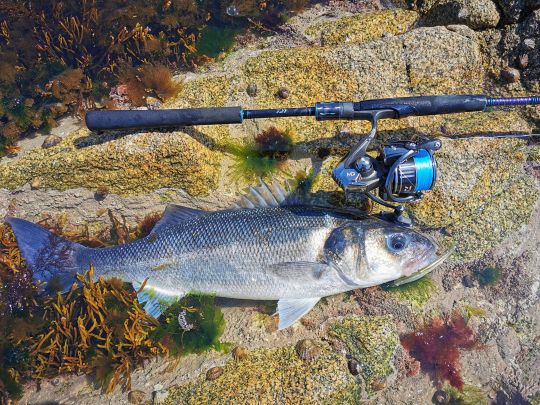
Understand how it works to succeed
Behind this description, an idyllic schema is drawn, but the reality is quite different. If the estuaries are certainly environments very rich in fish and very accommodating for the fisherman of the edge, it is however necessary to understand the functioning of it. At this level, there is no general rule, and each aber or ria has its own logic. One will be more prolific in the lowering, the other in the rising and especially they are environments where fishes navigate from point to point, it is then essential to understand at which moment a zone becomes really a spotâeuros¦ The height of water is thus fundamental because it is at a precise moment that the access to or the contribution of food is done. These slots are often quite short, about 30 minutes, but for the one who manages to identify them, magnificent fisheries can be realized in his feet.
The material
To fish in these environments rich in shrimps, crabs and small forage fish, and where bass can be found in a few decimeters of water, the use of small lures is the norm to stick to the predators' main prey. Thus, soft or hard lures ranging from 8 (or even smaller sometimes) to 12cm associated with leaded heads from 3 to 10g in majority allow to cover the essential needs. Some heavier combos can be useful for fishing in traction but this is only a small percentage of the fishing practiced in these environments. To be able to cast and animate these light lures, a rod of 2m to 2,40m with a power of 3-15g to 7-35g is possible. Associated with a reel size 2500 or 3000, a PE1 braid and a fluoro between 25 and 35/100 you will be able to cover all the spots and configurations that will arise.
